- English
- French
- German
- Portuguese
- Spanish
- Russian
- Japanese
- Korean
- Arabic
- Greek
- German
- Turkish
- Italian
- Danish
- Romanian
- Indonesian
- Czech
- Afrikaans
- Swedish
- Polish
- Basque
- Catalan
- Esperanto
- Hindi
- Lao
- Albanian
- Amharic
- Armenian
- Azerbaijani
- Belarusian
- Bengali
- Bosnian
- Bulgarian
- Cebuano
- Chichewa
- Corsican
- Croatian
- Dutch
- Estonian
- Filipino
- Finnish
- Frisian
- Galician
- Georgian
- Gujarati
- Haitian
- Hausa
- Hawaiian
- Hebrew
- Hmong
- Hungarian
- Icelandic
- Igbo
- Javanese
- Kannada
- Kazakh
- Khmer
- Kurdish
- Kyrgyz
- Latin
- Latvian
- Lithuanian
- Luxembou..
- Macedonian
- Malagasy
- Malay
- Malayalam
- Maltese
- Maori
- Marathi
- Mongolian
- Burmese
- Nepali
- Norwegian
- Pashto
- Persian
- Punjabi
- Serbian
- Sesotho
- Sinhala
- Slovak
- Slovenian
- Somali
- Samoan
- Scots Gaelic
- Shona
- Sindhi
- Sundanese
- Swahili
- Tajik
- Tamil
- Telugu
- Thai
- Ukrainian
- Urdu
- Uzbek
- Vietnamese
- Welsh
- Xhosa
- Yiddish
- Yoruba
- Zulu
What Is the Formula for Differential Pressure Transmitter?
2024-07-11 14:20:00
Differential pressure transmitters are vital components in many industrial processes, enabling accurate measurement of pressure differences across two points. These measurements are crucial for applications such as flow rate calculation, level measurement, and monitoring filter conditions. In this blog, we will explore the formula used in differential pressure transmitters, with a specific focus on the Yokogawa EJA110A model, which is known for its precision and reliability.
How Does a Differential Pressure Transmitter Work?
Understanding the working principle of a differential pressure transmitter is essential before diving into the formula it uses. The primary function of these devices is to measure the difference in pressure between two points and convert this differential into an electrical signal that can be interpreted by a control system.
Pressure Sensing Elements: The Yokogawa EJA110A uses a diaphragm as the pressure sensing element. When pressure is applied, the diaphragm deforms in proportion to the pressure difference.
Transduction Mechanism: This deformation is converted into an electrical signal using a capacitive or piezoelectric transducer.
Signal Processing: The electrical signal is processed and calibrated to provide an accurate measurement of the pressure difference.
The working principle ensures high accuracy and reliability, which is why the Yokogawa EJA110A is favored in many industrial applications.
What Is the Formula Used by the Yokogawa EJA110A?
The core formula used by differential pressure transmitters like the Yokogawa EJA110A is derived from the basic principles of fluid mechanics. The differential pressure (ΔP) can be represented as:
[ \Delta P = P_1 - P_2 ]
Where:
( P_1 ) is the pressure at the first point.
( P_2 ) is the pressure at the second point.
For specific applications such as flow rate measurement, the formula becomes more complex and is often expressed as:
[ Q = K \sqrt{\Delta P} ]
Where:
( Q ) is the flow rate.
( K ) is a constant that depends on the characteristics of the primary element and fluid properties.
( \Delta P ) is the differential pressure.
The Yokogawa EJA110A uses this fundamental relationship, combined with advanced electronics and calibration, to provide accurate and reliable measurements.
How Is the Yokogawa EJA110A Calibrated?
Calibration is a crucial step to ensure the accuracy and reliability of the Yokogawa EJA110A. Proper calibration involves several steps:
Zero Adjustment: Before starting, ensure the transmitter is at zero differential pressure (both ports exposed to the same pressure) and adjust the zero setting.
Span Adjustment: Apply known differential pressures across the transmitter and adjust the span setting to match the corresponding output signal.
Verification: Verify the calibration by applying differential pressures within the operating range and checking the output signal for accuracy.
Regular calibration ensures that the Yokogawa EJA110A maintains its high level of accuracy over time.
What Are the Applications of the Yokogawa EJA110A?
The Yokogawa EJA110A is versatile and used in various applications across different industries:
Flow Measurement: When combined with a primary element like an orifice plate or venturi tube, the EJA110A can accurately measure the flow rate of gases, liquids, and steam.
Level Measurement: It can measure the level of liquids in tanks and vessels by calculating the pressure difference between the top and bottom.
Filter Monitoring: By measuring the pressure drop across a filter, the EJA110A can indicate when maintenance is required.
Process Control: It provides precise pressure measurements necessary for maintaining optimal operating conditions in various industrial processes.
These applications highlight the flexibility and importance of the Yokogawa EJA110A in maintaining efficient and reliable operations.
What Are the Maintenance Best Practices for Yokogawa EJA110A?
To ensure the long-term performance and reliability of the Yokogawa EJA110A, regular maintenance is essential. Here are some best practices:
Regular Inspections: Conduct visual inspections to check for signs of wear, damage, or corrosion.
Cleaning: Keep the pressure ports and diaphragm clean from debris and buildup that could affect accuracy.
Calibration Checks: Perform periodic calibration checks and adjustments as necessary.
Firmware Updates: Keep the firmware up to date to benefit from the latest improvements and features.
Following these maintenance practices can significantly extend the lifespan of the Yokogawa EJA110A and ensure continuous accurate performance.
Why Choose Yokogawa EJA110A for Differential Pressure Measurement?
Yokogawa is renowned for producing high-quality and reliable instrumentation. The EJA110A model offers several advantages:
High Accuracy: The EJA110A boasts an accuracy of ±0.065% of the span, making it suitable for critical applications.
Durability: Built to withstand harsh industrial environments, the EJA110A ensures longevity and robustness.
Advanced Diagnostics: It features self-diagnostic capabilities that enhance reliability and ease of maintenance.
Wide Range of Applications: From simple flow measurement to complex process monitoring, the EJA110A is versatile and dependable.
These features make the Yokogawa EJA110A an excellent choice for differential pressure measurement in various industries.
Conclusion
Differential pressure transmitters like the Yokogawa EJA110A are essential tools in industrial processes, providing precise and reliable pressure measurements. By understanding their working principles, calibration, applications, maintenance, and advantages, you can make an informed decision and ensure optimal performance in your operations.
References
Yokogawa Corporation of America. "Differential Pressure Transmitters."
Yokogawa Electric Corporation. "EJA110A Differential Pressure Transmitter User's Manual."
Yokogawa America. "Differential Pressure Transmitter Overview."
Control Global. "Selecting the Right Differential Pressure Transmitter."
Yokogawa Electric Corporation. "Calibration and Maintenance of Differential Pressure Transmitters."
DirectIndustry. "Differential Pressure Transmitter Applications."
Yokogawa Electric Corporation. "EJA110A Product Specifications."
Yokogawa Electric Corporation. "Advanced Diagnostic Features of the EJA110A."
Yokogawa Electric Corporation. "EJA Series Pressure Transmitters."
Yokogawa Electric Corporation. "Best Practices for Installing Differential Pressure Transmitters."
For more information, feel free to contact us at lm@zyyinstrument.com for more product details.
YOU MAY LIKE
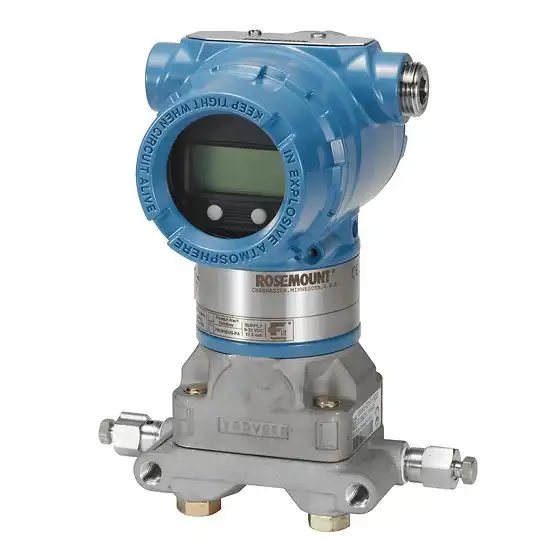
Rosemount 3051CD Coplanar Pressure Transmitter
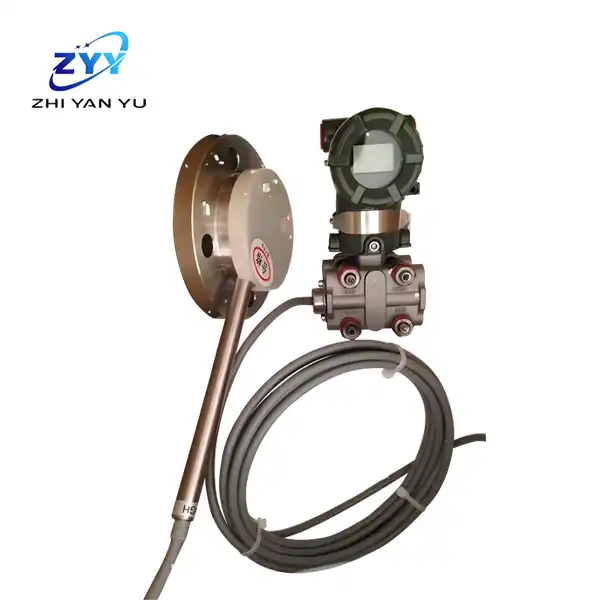
Yokogawa EJA438E diaphragm pressure transmitter
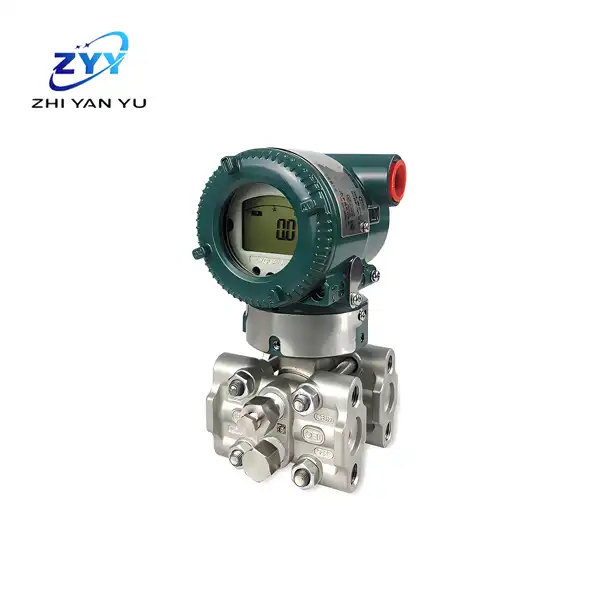
Yokogawa EJA120E differential pressure transmitter
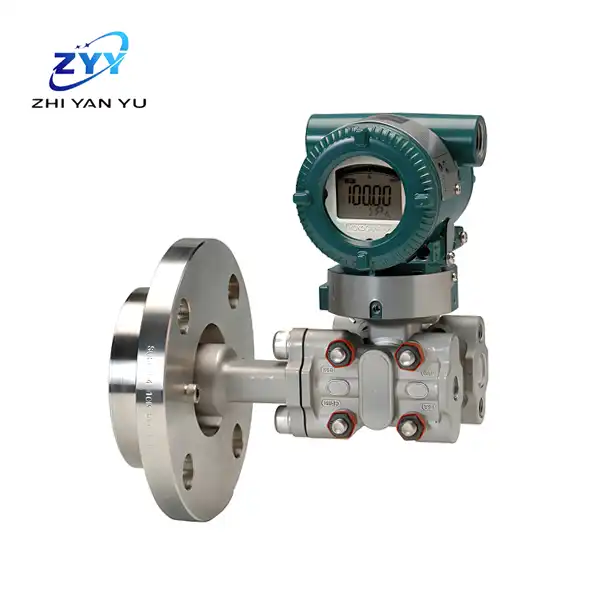
Yokogawa EJX210A flange-mounted differential pressure transmitter
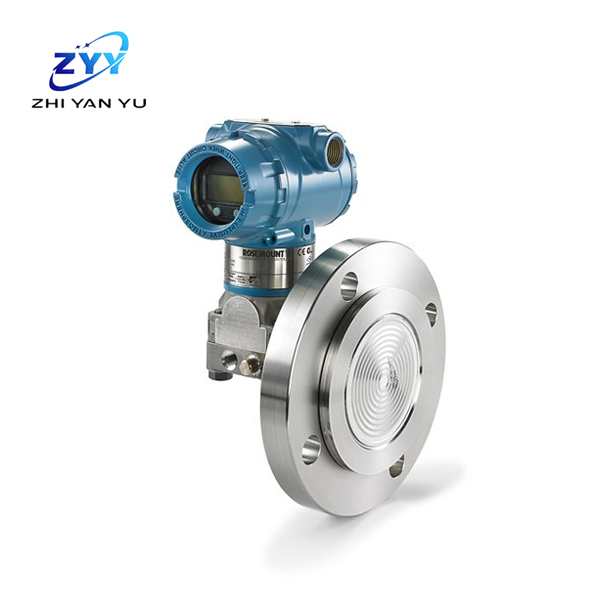
Rosemount ™ 3051L liquid level transmitter

